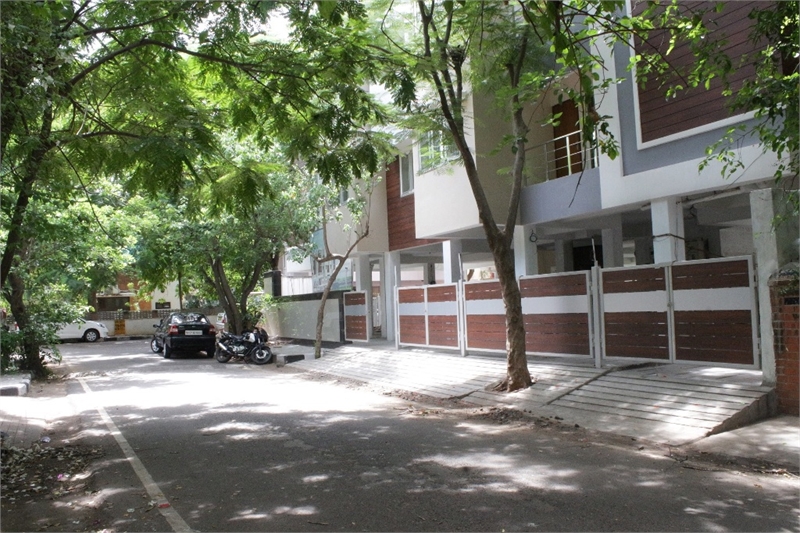
Uploaded on 2017-06-04 by Shriya Venkatesh
Which are the main UHI effects that you can identify in your area? Chennai, India: The daytime temperature isopleths of the summer period (May) revealed that the urban areas shaded by vegetation and dense urban built up were cooler than the rural areas by up to 4.0oC at 10:00 hrs, 10.4oC at 14:00 hrs and 3.0oC at 18:00 hrs. The July-August-September temperature isopleths reveal that the difference between the cooler pockets in the urban areas and warmer rural areas varied from 2.8oC at 10:00hrs, to 3.9oC at 14:00 hrs and 3.0oC at 18:00 hrs. The cooler pockets in urban areas were witnessed only at 14:00 hrs in the temperature isopleths of the winter period (December-January), and they were cooler up to 3.7oC, whereas at 10:00 hrs and 18:00 hrs, all the sites remained warmer than the rural location. The warmth of the urban areas ranged up to 4.7oC at 10:00 hrs and 2.7oC at 18:00 hrs and can be attributed to the formation of smog during the winter periods.The daytime temperature isopleths at 14.00 hrs revealed that a cool island exists in the urban core of CMA with a temperature difference of 10.4oC in the summer months and 3.7oC in the winter months. Anthropogenic heat and the material properties (albedo) have also been found to affect the urban air temperatures significantly. Which are the measures you would propose? Mitigating and reducing the impacts contributed by urban activities is a significant challenge to urban planners, designers architects and the local industry especially in the context of population and urban growth and the associated urban infrastructure. By implementing the following measures it is possible to improve urban environment: Reducing emissions by decongesting the roads Use of passive techniques in designs for heating and cooling thereby reducing the anthropogenic heat generated. Increasing the vegetation cover by providing more trees to provide shelter and shade. Increased use of light colored surfaces thereby reducing the absorption of radiation. Is UHI effect concerning policy making in your area? Studies indicate that there is substantial increase in the urban air temperatures in the recent past in the city of Chennai. Increase in population, density, reduction in open spaces and green cover, increase in built up spaces have proved to increase the air temperature in Chennai. These thermal changes deteriorate the urban environment causing health problems. But these issues aren't considered by the government and the policy makers and many of the builders while designing and planning cities.